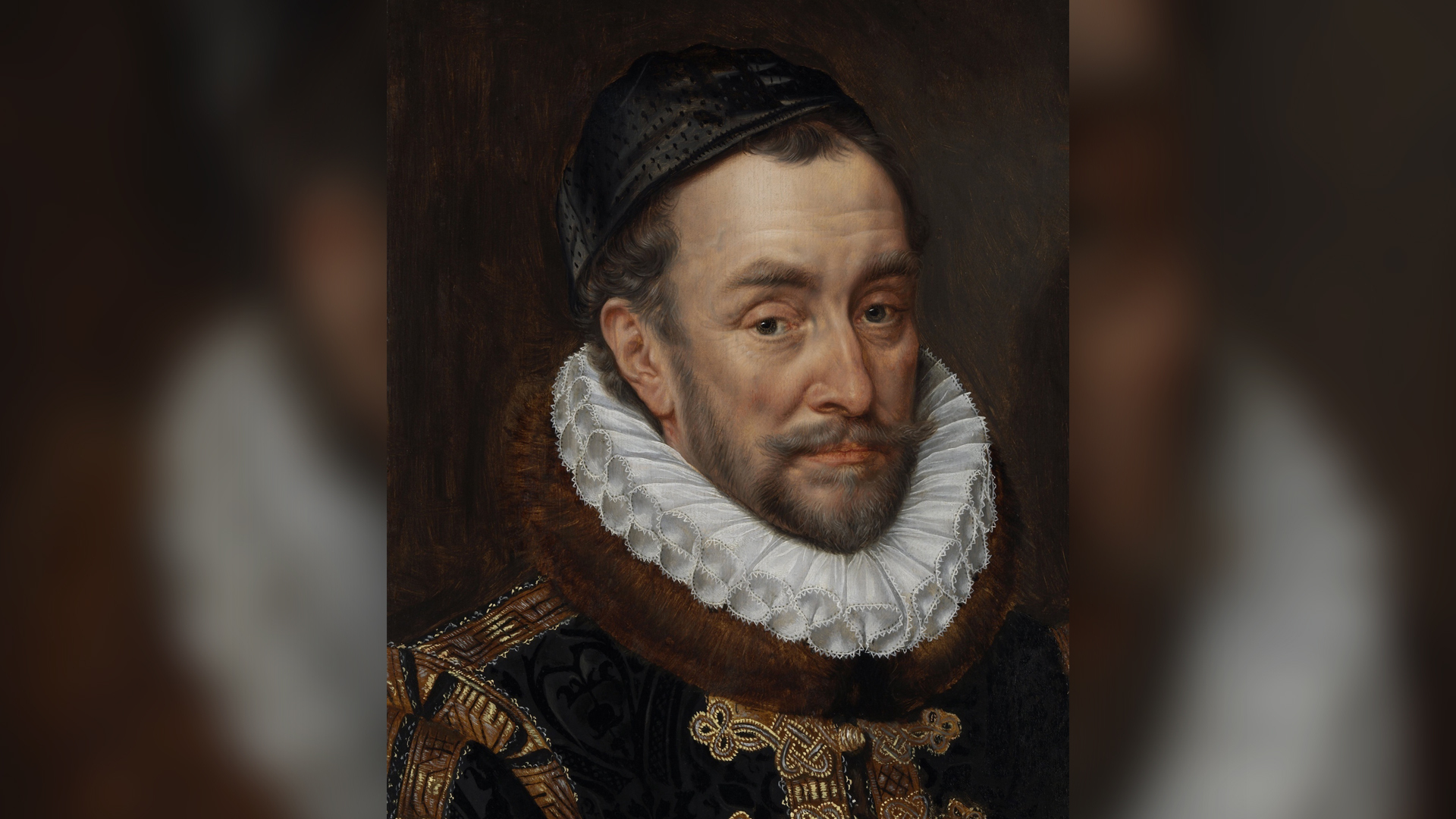Are carrots orange because of a Dutch revolutionary?
No, but there is a connection between crown and carrot.

There's a popular folklore that links orange carrots to the Dutch royal family. But is it true?
In the late 1500s, the Dutch low countries were a Spanish colony, ruled as the Spanish Netherlands by Habsburg monarchs in Madrid. Then along came William, Prince of Orange, a bygone territory in what is now the south of France. He was also one of the main leaders during the Dutch Revolt, which began in 1566 and led to the formal recognition of a self-governing Dutch Republic more than 80 years later.
Though William was assassinated before independence from Spain was official, he is largely credited as the country's founding father. His descendants went on to occupy the Dutch throne when the republic was later abandoned in favor of a home-grown monarchy, which still reigns today. According to the tale, Dutch farmers at the time began to develop and cultivate orange varieties of the carrot as a mark of respect for William's House of Orange. The carrots then grew in popularity and spread around the world to become the vegetable's standard hue.
This all makes for a quaint story, but unfortunately it's just not true.
Related: Can carrots give you night time vision?
"Though the development and stabilization of the orange carrot root does appear to date from around that period in the Netherlands, it is unlikely that honoring William of Orange had anything to do with it," said John Stolarczyk, curator of the World Carrot Museum. "There is no documentary evidence that the Dutch invented orange carrots to honor their royal family."

Wild carrots started off as either white or pale yellow, but changed to purple and yellow when people first domesticated the vegetable almost 5,000 years ago in the Persian Plateau area, according to a 2011 report that Stolarczyk co-authored. These domesticated carrots were later split into two main classes: the Asiatic group, which was cultivated around the Himalayas, and the Western group, which grew largely in the Middle East and Turkey. Yellow carrots in the Western group probably mutated into more orange hues, which farmers then selectively planted.
Get the world’s most fascinating discoveries delivered straight to your inbox.
There's a school of thought, Stolarczyk told Live Science, that orange carrot seeds were first introduced to Europe by Islamic traders moving between the Ottoman Empire’s North African territories and the Iberian Peninsula some 200 years before William of Orange began stirring up political insurrection in the Netherlands. There are documents in Spain that show the cultivation of orange and purple carrots as far back as the medieval period, in the 14th-century, Stolarczyk said.
Flash forward a couple of centuries and the Dutch were one of the main agricultural forces of 16th-century Europe. This know-how allowed them to propagate orange carrots in large quantities, which seemed to thrive in the Netherlands' mild, wet weather. "The orange variety grew very well in [Dutch] climates and environments, better than purple and yellow, and were more yielding, stable, uniform and reliable," Stolarczyk said.
Dutch merchants then spread the orange produce across the continent. "Places like France, Germany and England received orange carrots first, presumably liked them and they became the norm," Stolarczyk said.
Orange carrots were later used by the Dutch state to reinforce the burgeoning nation’s national color, said Stolarczyk, which could explain where the rumored connection between William of Orange and the carrot comes from. But it seems the carrot came first and the independent country, second.
"I repeat, orange carrots were never developed solely to honor the royal family. No matter how often the Dutch repeat this myth," Stolarczyk said.
Originally published on Live Science.

Benjamin is a freelance science journalist with nearly a decade of experience, based in Australia. His writing has featured in Live Science, Scientific American, Discover Magazine, Associated Press, USA Today, Wired, Engadget, Chemical & Engineering News, among others. Benjamin has a bachelor's degree in biology from Imperial College, London, and a master's degree in science journalism from New York University along with an advanced certificate in science, health and environmental reporting.



